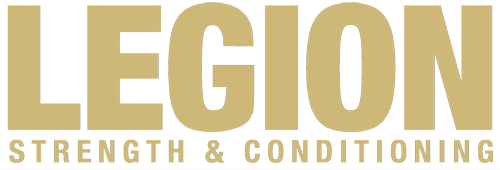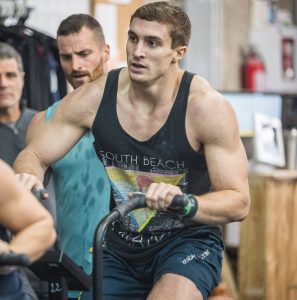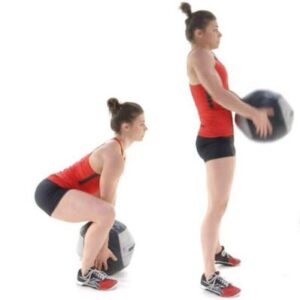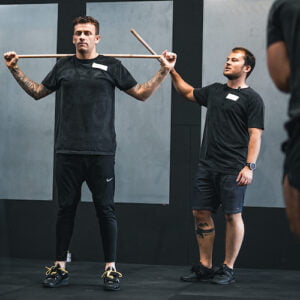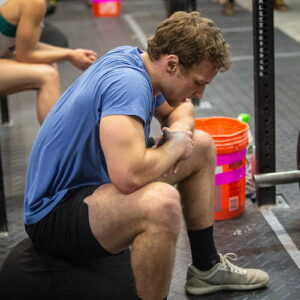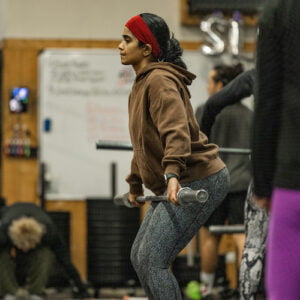You’ve probably heard of the 10,000 hour rule.
And it probably sounded really good.
Put in 10,000 hours of work and become a world class expert at anything!
Problem is, the common explanations of the 10,000 hour rule miss the mark.
The rule originally came from some of Anders Ericsson’s research on deliberate practice and world class performers – then gained notoriety through Malcolm Gladwell’s distillation of the rule in his book “Outliers.”
Now, we’ve got all kinds of goofballs throwing around the “10,000” number in CrossFit like it’s the secret to success.
Not only do they not understand the true discomfort of the deliberate practice concept (meaning that you have to spend an inordinate amount of time deeply focused and right on the edge of your ability with constant feedback and correction), but they’re also improperly applying a concept related to skill acquisition to a sport that is more determined by physiological adaptation (ie how quickly can you recover between a heavy set of power cleans, how much oxygen can you transfer in and out of your muscle cells while doing chest-to-bar pull-ups and burpees, etc.).
We’ve had enough!
In this conversation, Jon, Luke and Todd discuss:
- Why the amount of data available on the performance of elite CrossFit athletes is both a blessing and a curse – and how people use this data to confuse themselves about where they sit relative to the elite
- What are the true key performance indicators for CrossFit performance
- Why adaptation to training over time isn’t linear – and why the rate of adaptation is true “talent”
- And finally…why everyone should quit talking about 10,000 hours
- iTunes
- Overcast
- Google Podcasts
- mp3
- Or stream here:
- If you’re enjoying the show, why not a leave a review? It makes a difference in terms of other people finding the show.
Listen below – or in the podcast player of your choice.
